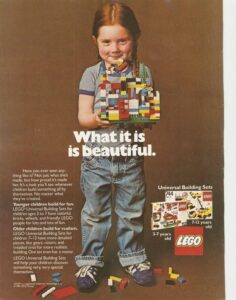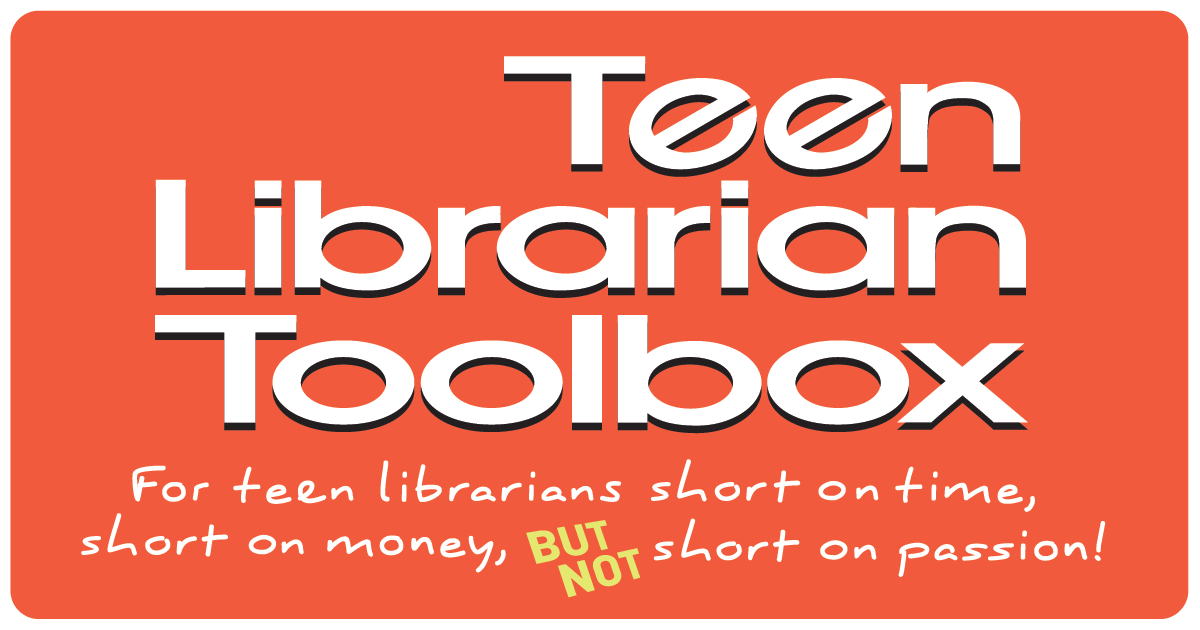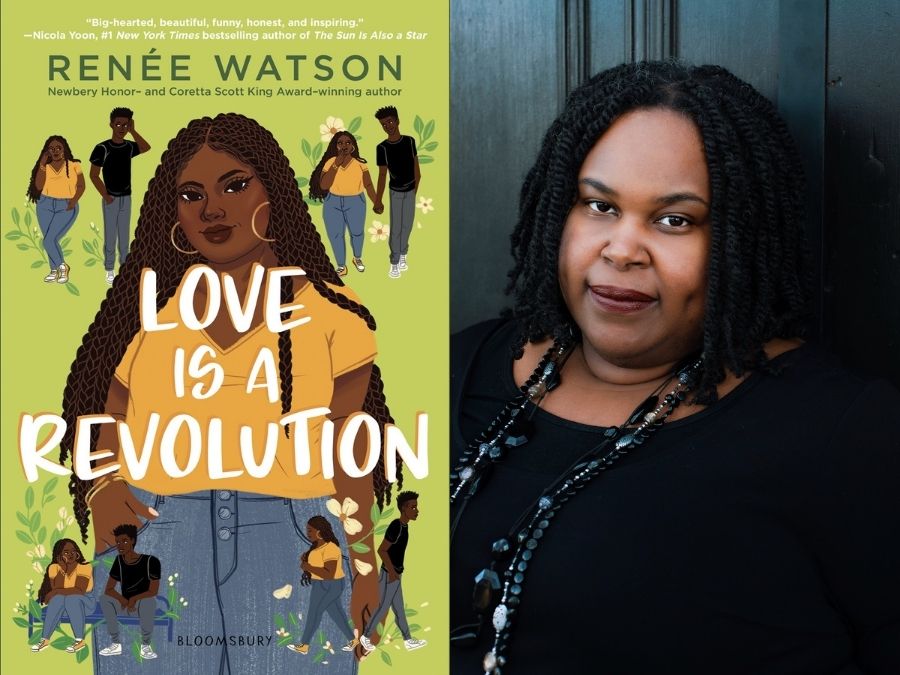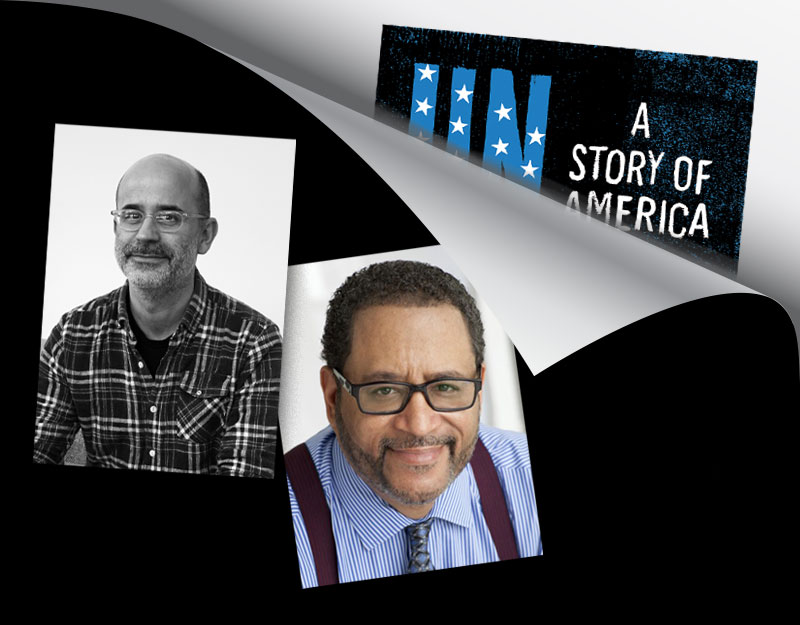5 Things Libraries Can Learn from Starbucks and Lego
 In March, two companies launched PR campaigns that were a bit of a misfire and received some backlash. First Starbucks launched their #RaceTogether initiative, which would have their barista’s write #RaceTogether on the coffee cups they served and asked their employees to engage in discussion with their customers. The thing is, it turned out that most customers didn’t want to engage in a brief chat about racial issues with a barista in the early morning hours, as evidenced by the backlash that began quickly on Twitter. Around this time the newest edition of the Lego magazine was released with a page that had some beauty tips. The problem here is that the target demographic for Lego magazine is 6 to 12 year old girls and many readers were repulsed at the idea that we were trying to inflict beauty standards on such a young age group. I tweeted some about both situations, even going so far as to Storify my tweets about the Lego situation because my two daughters are in that target age group and I was horrified to think that they company that I had put my trust in and championed precisely because it was more gender neutral than most companies had betrayed my trust.
In March, two companies launched PR campaigns that were a bit of a misfire and received some backlash. First Starbucks launched their #RaceTogether initiative, which would have their barista’s write #RaceTogether on the coffee cups they served and asked their employees to engage in discussion with their customers. The thing is, it turned out that most customers didn’t want to engage in a brief chat about racial issues with a barista in the early morning hours, as evidenced by the backlash that began quickly on Twitter. Around this time the newest edition of the Lego magazine was released with a page that had some beauty tips. The problem here is that the target demographic for Lego magazine is 6 to 12 year old girls and many readers were repulsed at the idea that we were trying to inflict beauty standards on such a young age group. I tweeted some about both situations, even going so far as to Storify my tweets about the Lego situation because my two daughters are in that target age group and I was horrified to think that they company that I had put my trust in and championed precisely because it was more gender neutral than most companies had betrayed my trust.
But as I thought about these two situations, I also thought about what libraries can learn from these corporate missteps.
1. Know Your Community
Both of these campaigns received backlash because they didn’t understand what their customers wanted from them. Customers coming into Starbucks want coffee or pastries and sometimes even music. They may want a social place to meet up and hang out with friends to have deep, meaningful conversations. They do not, however, want to have deep meaningful conversations with people who are basically strangers serving them coffee. That’s the thing about being a service industry employee, what people primarily want from you is indeed service, quality customer service that meets their needs and makes them feel comfortable. Discussions about race are a big, hot button issue. This is not what we want to be doing with what basically amounts to a perfect stranger.
ADVERTISEMENT
ADVERTISEMENT
Library personnel are service industry employees. We can argue the benefits of that service, and I will until the day I die because I believe in them. But at the end of the day the heart of what we are is service. Our goods and services may be “free” (even though they aren’t really), but what our patrons want for us is to come in, get the help that they need to meet their immediate goals, and to have a positive customer service experience. There is a reason most libraries have policies in place that forbid their employees from discussing politics and religion with their patrons, and that reason is to avoid exactly what Starbucks tried to dip their toe into by asking their baristas to discuss race issues with their customers.
Knowing what your customers – or audience – wants from your business or organization is key. Understanding how they use the library, what they want from the library, and how you can successfully give that to them is our number one goal. If Starbucks had a better understanding of what their customers wanted, they would have understood why this campaign wasn’t a good idea. In fact, it never would have made it past the brainstorming stage.
2. Know Your Message/Brand
The Lego situation in particular is a stark reminder that companies build for themselves a brand and when they try to change that brand they risk alienating some real loyal followers. Lego has historically been championed as a gender neutral toy, one of the few that still exist. The Lego company moved off this message slightly when they introduced the Lego Friends product line (though I understand it has been commercially successful) and you can still see the occasional Buzzfeed post that brings back the brilliant ad campaign from the 70s that reminds parents that Lego is gender neutral and is for all kids. And really, that’s a genius marketing strategy because instead of alienating half of your potential customers by being either “for girls” or “for boys”, marketing yourself as being for all people – pretty smart.

The Lego Friends product line is problematic because it puts girls in gendered stereotype boxes: pink and purple bricks with shopping malls, for example. The great thing, however, is that you can buy the Lego Friends bricks (or receive them as gifts, which is what happens in my home) and mix them in with more standard sets and you get a null set of bricks with unlimited building potential that sparks creativity and innovation. But when they start putting targeted messages like the beauty tips in the Lego Magazine, it becomes harder to avoid and work around. The Lego executives claimed that they did this because customers said they wanted an advice type column in the magazine, but here’s the type of advice I want from Lego: What’s the best type of brick to use to make x. y or z? How do you preserve your builds? (My tip: Take pictures of everyone’s Lego creations and upload them into an electronic photo album).
Libraries also have a brand: we are the information centers of our communities. That information may come in the form of books, programs, or access to technology, but that is our main goal. If we start to veer too far from that brand, we dilute our effectiveness and muddy our message. We risk alienating our patrons and supporters while overwhelming our staff to the point where we are trying to do so many things that we do none of them well. Staying on message, on brand, makes it that much easier to communicate with our communities who we are, what we do, and why we matter.
3. Know Your Staff Limitations and Comfort Zone
One of the biggest problems with the Starbucks campaign is that it asked its employees to do things they were in no way qualified to do in that setting. Race discussions are complex, rife with history and context and a vast array of sociological theory. There are people who spend years in college preparing how to discuss this issue in meaningful ways. Starbucks baristas are trained to provide Starbucks services. Asking them to engage in conversations of this nature is so far out of their comfort zone it is shameful to think of a CEO asking their staff to put themselves in such an awkward and potentially volatile situation. The chances of making a misstep in this type of conversation is so easy it is terrifying. All the CEO of Starbucks needed to do was spend 5 minutes on Facebook or read the comments on just one articles on racism to know how volatile this issue is. What they were asking of their staff was profoundly unfair, it put their safety at risk and quite frankly it puts the company at risk because one misspoken word and you now have an angry customer.
As much as it is our job to provide costumer service, it is also our job to create and provide safe work spaces for our employees. And I would argue comfortable work spaces. What Starbucks was asking its baristas to do violated this in my opinion. Don’t put your staff in uncomfortable, and potentially volatile, positions by asking them to engage in unnecessary tasks or conversations with patrons.
4. Know Your Library (aka, leave your ivory tower)
The truth is, all of this could have been easily avoided if CEOs of both companies spent more time in the trenches, leaving their isolated ivory towers behind and really observing what happens in their businesses, what their customers want, how their products are used, etc. And this is a common problem I see in libraries. Library administrators often (not all, of course) spend so much time in secluded offices that they don’t understand what the day to day business out in the library is actually like. They are making policies and procedures removed of the actual information they need to more effectively make those policies and procedures, and then putting it upon their staff to enforce them on a public that wants and needs something entirely different.
ADVERTISEMENT
ADVERTISEMENT
In comparison, The Mr. went through the management college of a major store and one of the first things they are taught is the first thing you do every day that you come to work is to walk the floor, making observations about the space, greeting your customers and employees, and being mindful of what is working and what isn’t. At the end of the day, you repeat this process. And the best of the best will make a point to do the same a couple of times throughout the day. In comparison, I have worked in libraries where I have gone months without seeing anyone in administration, they rely on the information to get back to them from the management they put in place not understanding that information can be given to them through filters of bias and personal agendas.
Ideally, library administrators would make it a point to walk around their libraries a couple of times a day. Even better, work a public service desk shift each week. Know first hand what is happening in your library, what the patrons are asking for and experiencing, and what demands are being put on your employees. This simple act will help administrators better understand what their patrons want and need, how they are or aren’t staying on message, and how their employees are being affected by the policies and procedures they enact. It’s so much easier to create buy in and earn the respect of your staff when they know that you are making decisions based upon the best information possible.
5. Know That You Don’t Have to be Involved in Every Conversation
In this day and age of social media saturation, it’s like we’re all trying to be all things to all people and involved in all conversations. This is not a good idea. Especially for a corporation – or a library. Some conversations are not about you and that’s okay. Sometimes it’s better to stay out of the fray then to make a misstep. Some things are bigger than us or more complicated then the medium we are trying to use. Actually, John Oliver recently addressed this point really well on his HBO show Last Week Tonight with John Oliver. You can view the video clip by following the link provided to get a better idea of what I mean about this point, but I will warn you it is super not safe for work and contains language. You can view the clip here: https://www.youtube.com/watch?v=rG_7xur1iRc&feature=player_embedded. As John Oliver points out, “You’re silence is never going to be controversial.
I viewed the Lego situation very much through the lens of a mom, but during the firestorm about the Starbucks situation I couldn’t help but think of those employees and what was being asked of them. Through it all I kept thinking, we can learn from this.
Filed under: Professional Development
About Karen Jensen, MLS
Karen Jensen has been a Teen Services Librarian for almost 30 years. She created TLT in 2011 and is the co-editor of The Whole Library Handbook: Teen Services with Heather Booth (ALA Editions, 2014).
ADVERTISEMENT
ADVERTISEMENT
SLJ Blog Network
Happy Poem in Your Pocket Day!
This Q&A is Going Exactly As Planned: A Talk with Tao Nyeu About Her Latest Book
More Geronimo Stilton Graphic Novels Coming from Papercutz | News
Parsing Religion in Public Schools
ADVERTISEMENT







